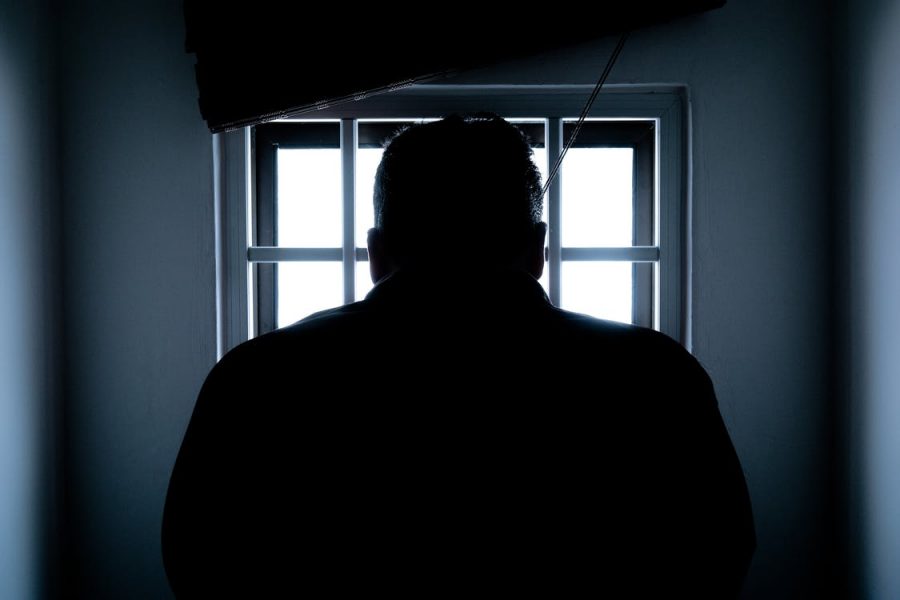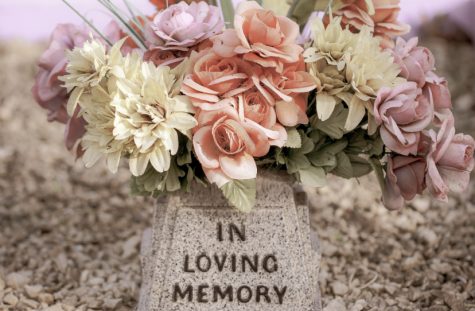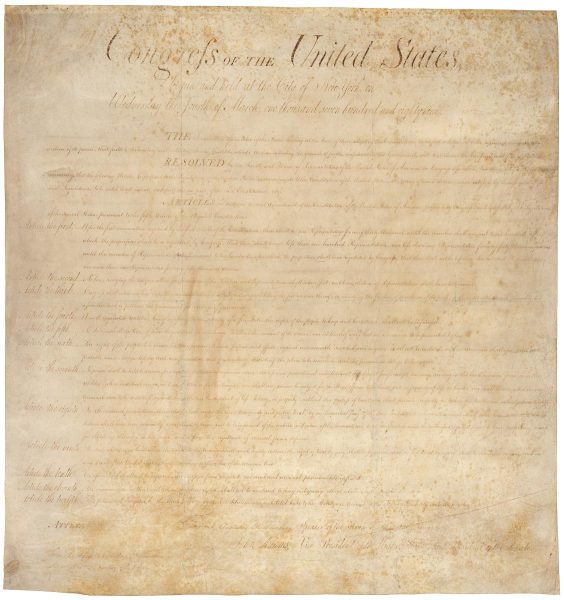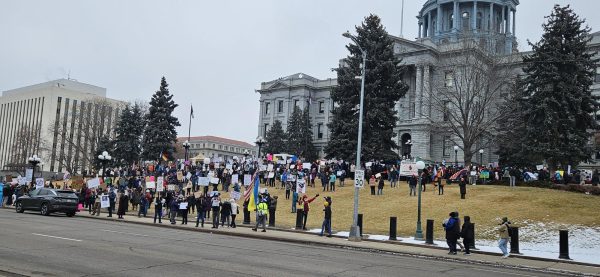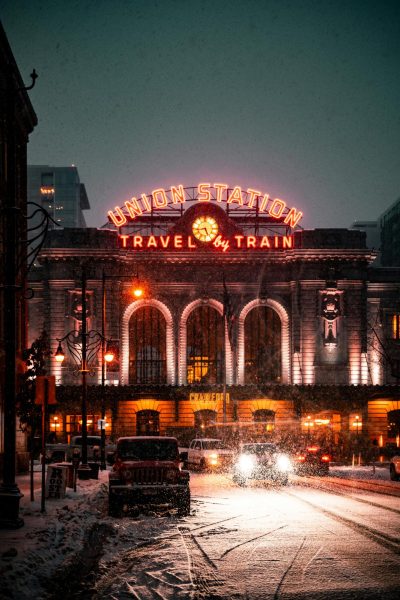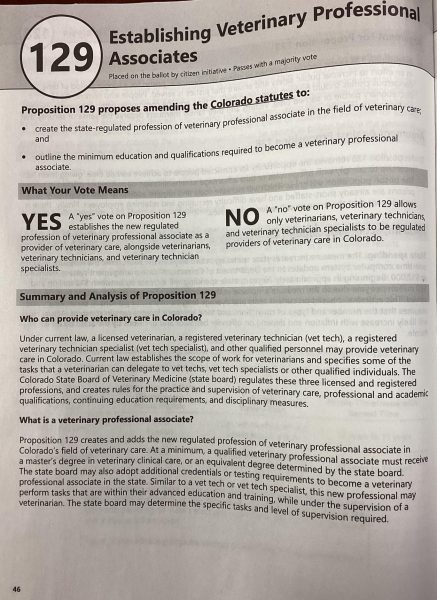Student Opinion: Private Prison Reform
Image via Donald Tong
Photo by Donald Tong from Pexels.
Prisons and jails have an integral part in the American justice system. They punish criminals and keep citizens safe from dangerous people. The importance of prisons makes it crucial that these correctional facilities are running well. As countries like the United States push for decentralization, privatization becomes an attractive option to improve state run industries. Private prisons have been one of the most popular products of this perspective. However, the current facilities are depressing in comparison to federal prisons. The private prison industry needs to be reformed because they do not save money like they are supposed to. They also are a lower quality than federal prisons and are not regulated properly. Changes to the system would greatly improve the prison system.
Private prisons have gone in and out of style for a long time. Spurred by contemporary conservatives, private correctional facilities are relevant again. They are an attractive way to save money for taxpayers and many conservatives believe the private sector could do everything cheaper and better. Private prisons use tax money that is outsourced by the government, so it is very important that these businesses run efficiently. In an era where the criminal justice system has been accused of mass incarceration, and unfair sentences, bail, release programs, and prosecution, reform is a hot topic. These prisons also are becoming more popular. “For-profit companies were responsible for approximately 7 percent of state prisoners and 18 percent of federal prisoners in 2015”. Because they are becoming more popular, politicians need to make sure that these facilities are held to the same, if not higher, standard than federal prisons.
Politicians will most commonly cite cost savings as the biggest reason for privatization. However, the data on those cost findings for private prisons is mixed at best. Different factors create issues that private companies cannot handle as well as state facilities. After convicts escaped from an Arizona private prison, the state compared the costs of federal versus private prisons. The state auditor found that private prisons may cost the state more than state run prisons. This is a common problem because the private sector is more susceptible to liability. Costs like employee turnover and escapes hurt private prisons’ reputation and profits greatly. Liability in private prisons is a complicated issue. For example, guards do not always qualify for immunity in court cases where state prison guards hold less liability. Private prisons also might cut corners to employees’ benefits and pay. This all results in higher turnover which has many negative effects. Turnover leads to less experienced guards and thus less safety in the prisons. This also costs private prisons more money than what they save. The prisons lose money to the advertising, applying, hiring, and training process that comes with turnover in any workplace. Escapes also cost the prison and tax payers’ money to be used for resources to find the escapees. In a particularly bad year, private prisons had 18 escapes from the building and 5 escapes during transfer. In contrast, federal prisons, in a three-year period, had just 1 escape despite housing 17% more inmates. The lower quality of private prisons causes major debits in its budget. Private prisons do not save money in comparison to state-run prisons. Instead, they are costly to tax payers’ and public safety. With regulation and oversight, private prisons could save money given they are stopped from cutting important corners.
While some individual private prisons boast impressive profits, the corner cutting scheme makes for a fragile business plan. Escapes and guard turnover can quickly reduce those prisons’ margins as well as put human lives at risk. Without reform, private prisons will continue to walk a thin line between cost-saving and disaster.
Another failure in private prisons are their criminally lower quality, especially when compared to their state-run counterparts. The owners of the prisons have long been uninterested in investing into quality health and rehabilitation services. Public prisons are held to a standard to pay for high quality medical staff and extensive care for all demographics of convicts. On the other hand, private prisons usually have the bare minimum when it comes to health care. They most often lack programs that benefit younger inmates like education, drug counseling, anger management, or other rehabilitation programs. While not every private prison will have such bad conditions, the lack of consistency allows for places like the East Mississippi Correctional Facility.
The “security staff at East Mississippi earn even less than the $12-an-hour starting wage made by their public service counterparts.” The prison also has rampant internal violence. The cells pictured are unclean, blood stained, and dark. Suicide and mental illness is also left unchecked and four prisoners have died in a single year. The facility also has a history of multiple fires. One prisoner being escorted by guards was attacked, but instead of helping, the guards ran away. That inmate, after three days, was finally taken to a hospital for four stab wounds and a broken leg.
While this prison is particularly bad, these unacceptable conditions are a testament to how oversight could help private prisons. Other shady, horrific, or unconstitutional acts have been reported. The U.S. Department of Justice found that private prison inmates are, “significantly more likely to be involved in violence and misconduct”. Some private prisons engage in a system of labor leases on convicts. Convicts could be leased by a private vendor and used for labor (usually involuntary). This can be compared to pre-civil war slavery where slaves were traded for jobs. The higher turnover in guards also creates more problems. Fewer guards may be experienced and knowledgeable about the prison, this leads to more escapes, violence, and other internal issues.
Every incident of particularly bad prisons is an argument for oversight. Less effective and lower quality prisons can cost the state more money, but it also leads to more prisoner reentry. Prison is meant to deter criminal behavior, but if felons are properly rehabilitated, they are less likely to continue a life of crime. Reform and oversight in private prisons could spring up high quality prisons and even technologies and novel ideas to help convicts lead productive lives. The argument that the lower quality can cut down on costs significantly is true. However, in the long term, this will cost tax-dollars, public safety, and even jobs. Prisoner reentry and liability costs will catch up to private prisoners and result in disaster. Accountability for these prisons would keep these incidents to a minimum and spur healthy competition and higher quality prisons.
Private prisons have potential but are held back by the ideals of for-profit companies. The biggest worry of those against private prison is the conflict of interest. Because private prisons run for profit, they are motivated to hang onto as many prisoners for as long as possible. This a dangerous factor in the overcrowding of American prisons.
America accounts for a quarter of the world’s prison population, despite Americans making up 5% of the world population. In addition, the US prison population has grown by 700%. 1 in 3 black men will spend time in jail or prison. Comparably, only 1 in 17 white men will spend time behind bars.
Private prisons not only take part in this injustice but also exacerbate the issues. According to NPR reporter Rina Palta, “private prisons housed higher percentages of people of color than public facilities did”. The race issue is a systemic issue that will take years of hard work to solve, but private prisons currently hinder the progress done. The special interests that a for-profit prison invites creates countless problems without oversight. Without oversight, greedy business owners will continue to run their prisons for the betterment of their personal bank accounts instead of the good of the nation.
In the United States, there is a careful balance between regulated industry and a capitalistic, free market. The for-profit prison system is lacking the stability that regulation can do for an industry. While conservatives like Malcolm Feeley argue that, “the state monopoly theory against privatization is fundamentally flawed”, regulation and standards are important in balancing a market and giving structure. The state monopoly theory states that the state should control a monopoly on some industries, notably criminal justice. However, some basic regulation will not completely satisfy the state monopoly theory, that conservatives often fear. This, instead, gives the system and economy balance.
To reform the private prison industry, standards must be created. Described in the complicated journal entry by Harald Bergsteiner, every public and private sector entity needs accountability from other entities as well self-accountability. This will inherently spur both legislature and pressure for private prisons to perform well and invest responsibly. Creating standards will, in turn, create a minimum quality of conditions and performance. The problem currently is the lack of standards. No two private prisons will be run the same nor accounted for equally. Responsible and regulated privatization is the only way privatization can improve the criminal justice system.
The current American private prison system brings more drawbacks than the benefits that are promised. Businesses in the industry are not being held accountable. If Americans want to fix chronic issues with justice system, for-profit prisons must be addressed. Reform of private prisons are necessary because they do not save money like they are supposed to, they are a lower quality than government-run prisons, and lack basic accountability. Privatized correctional facilities can be a powerful tool, but they require meaningful changes.



